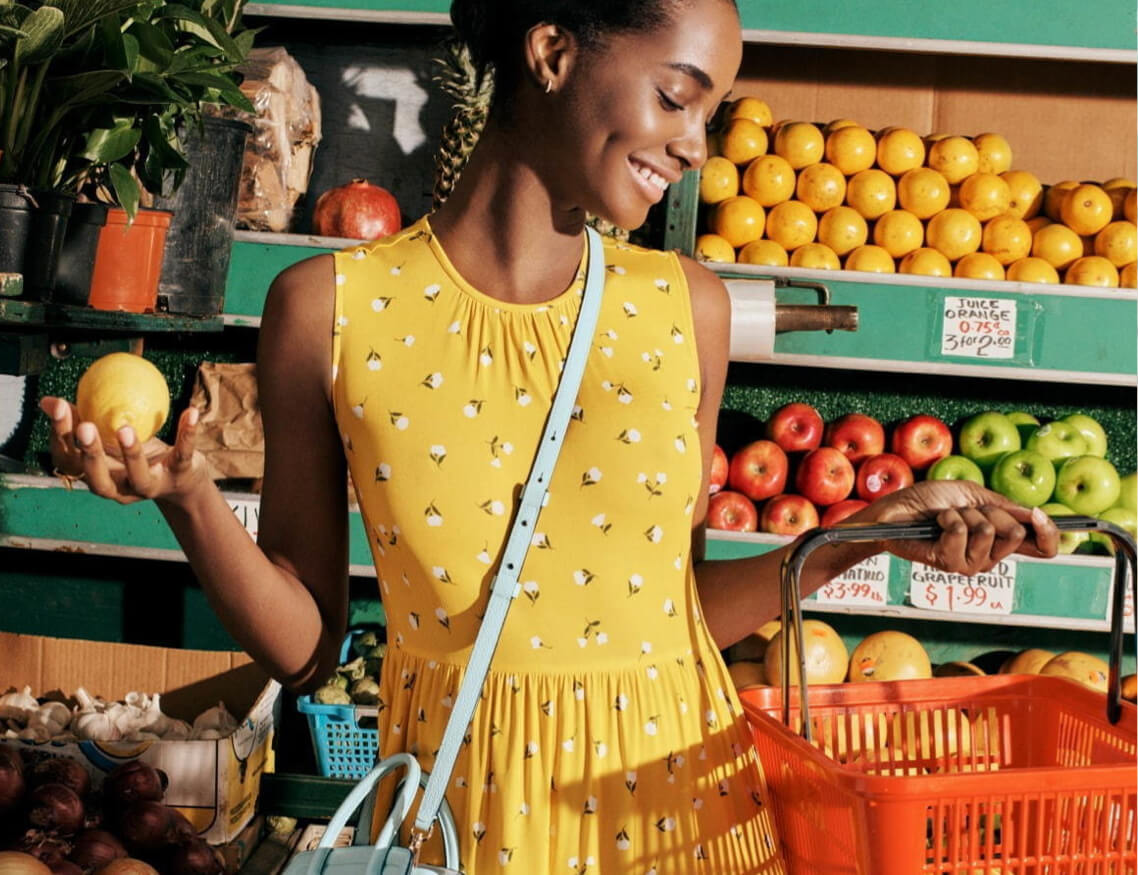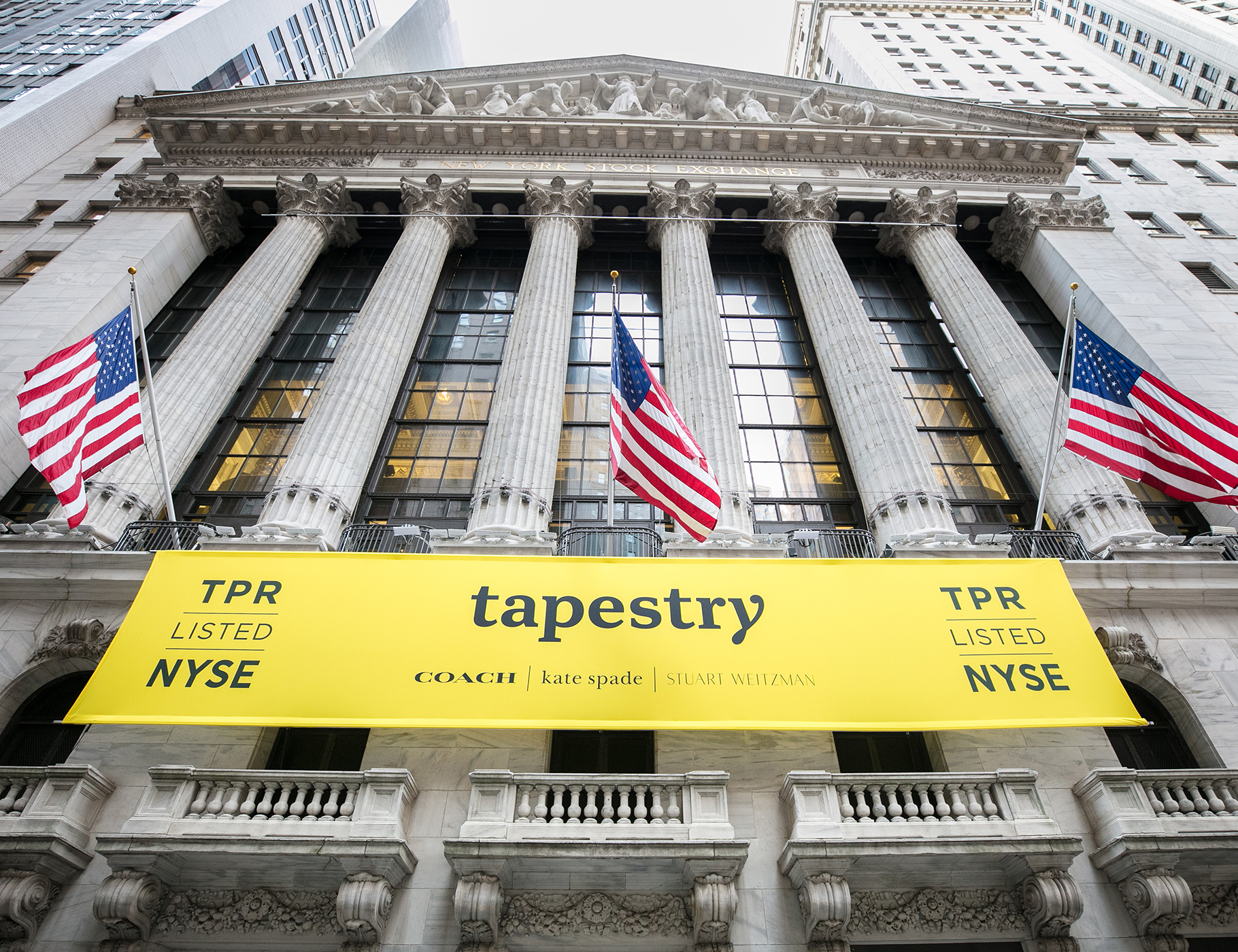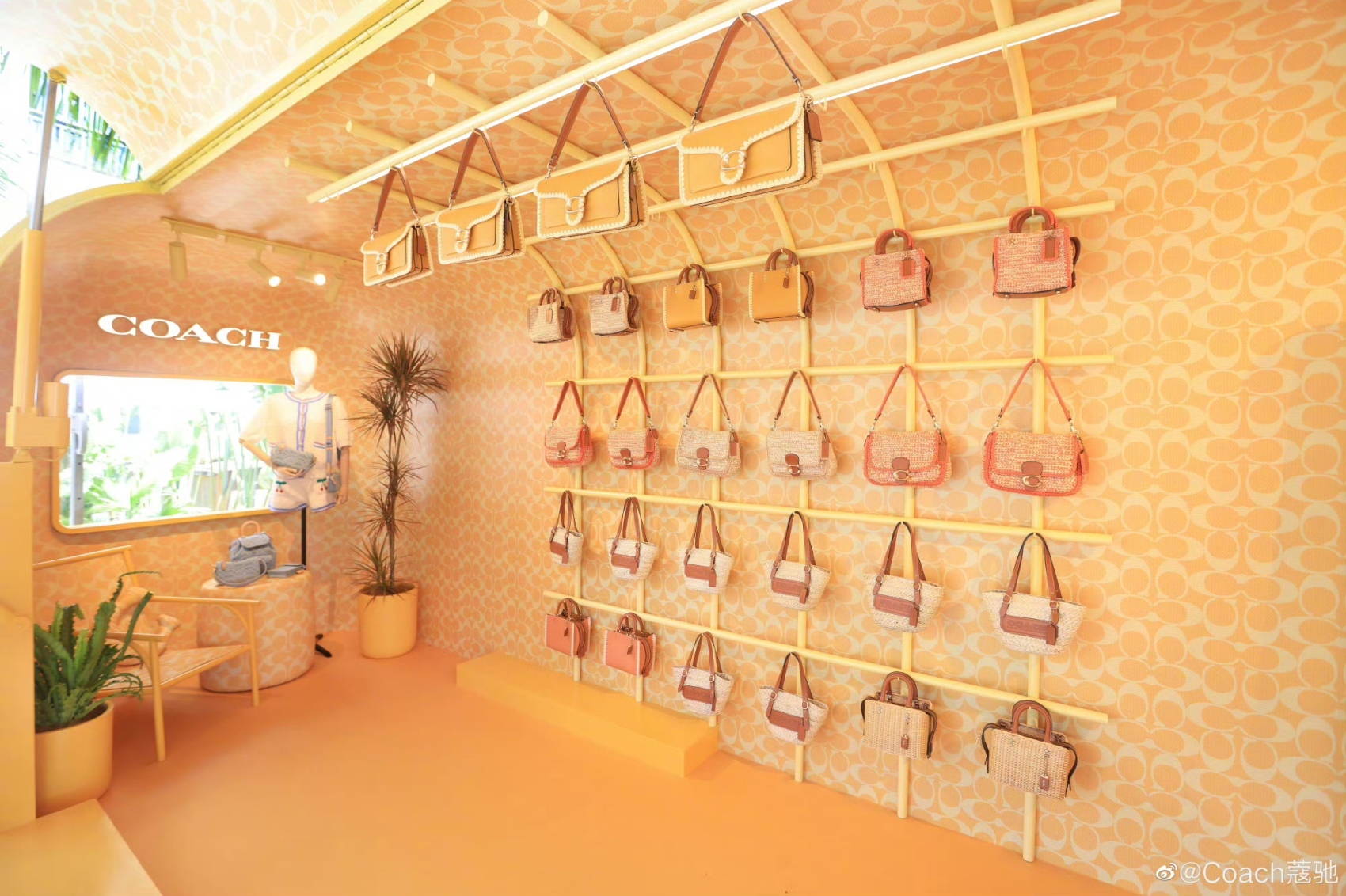Executives of American affordable luxury brand group Tapestry (parent company of Coach, Kate Spade, and Stuart Weitzman) shared the latest data and insights on the Chinese market during a recent analyst conference call.
For the fiscal year ending June 29, 2024, Tapestry’s revenue in Greater China grew by 3% year-on-year to $1.01 billion at constant currency, in line with expectations, contributing 15% of the group’s revenue, making it the second-largest market after North America (65%). However, the fourth quarter saw a 10% year-on-year decline, partly due to the high base effect of a 50% growth in the same period last year.
“The recovery in the Chinese market has been slower than we anticipated,” admitted Tapestry CEO Joanne Crevoiserat. “However, our long-term view and the opportunities in the Chinese market remain unchanged. In the short term, we will take a prudent approach in planning and guidance, but we will continue to stay close to the consumer. Our team adapts as consumer behavior changes. We are conducting business in a very healthy manner in the market.”

Coach brand CEO Todd Kahn added, “We are very, very optimistic about the medium to long-term prospects in China, and we still believe that China is the best region for meaningful growth.”
“I particularly like Coach’s positioning in China. We see that the growth of traditional European luxury brands in China is slowing, while our relevance is increasing. We are bringing incredible value to consumers with very stylish products.”
“I would say that sometimes we don’t need China to have 10 million millionaires; we need China to have 10 million consumers who can afford $500 bags. This is a completely different positioning. And I also see opportunities in second- and third-tier cities in China, where we are performing exceptionally well.”
“Our goal is to become the most relevant brand in this market,” Todd Kahn concluded.
In August of last year, Tapestry reached a final acquisition agreement with another American luxury group, Capri (whose brand portfolio is shown below), valuing the latter at $8.5 billion (including $6.8 billion in equity value and $1.7 billion in net debt on Capri’s books).
Now, a year later, the deal has yet to be completed, and the uncertainty is increasing.

The pressure comes partly from U.S. regulatory authorities: in April this year, the Federal Trade Commission (FTC) filed a lawsuit, stating that the “proposed merger may deprive millions of American consumers of the benefits of direct competition between Tapestry and Capri, including a range of competition involving price, discounts and promotions, innovation, design, marketing, and advertising.” The FTC is the last regulatory authority yet to approve the deal, with the European Union and Japan’s regulators having already granted their approval.
On the other hand, since the acquisition agreement was reached, Capri’s performance has been sluggish, and the gap with Tapestry has widened:
- Capri: For the first quarter of fiscal 2025 ending June 29, 2024, group revenue fell 1% year-on-year to $1.067 billion at constant currency, with a net loss of $14 million, compared to a net profit of $48 million in the same period last year. The flagship brand Michael Kors saw a 13.3% year-on-year decline to $675 million for the quarter.
As of the close on August 27, Capri’s market value was about $4.2 billion, 38% lower than the equity value (at $6.8 billion) set by the acquisition agreement.
- Tapestry: For the fourth quarter of fiscal 2024 ending June 29, 2024, group revenue remained flat year-on-year at constant currency, while net income fell 9% year-on-year to $159 million. The flagship brand Coach saw a 2% year-on-year increase to $1.25 billion for the quarter, with full-year revenue surpassing $5 billion for the first time.
Since the announcement of the acquisition until the close on August 27, Tapestry’s stock price has risen by 20.5%, with a current market value of about $9.3 billion.

However, the latest updates from Tapestry CEO Joanne Crevoiserat, CFO and COO Scott Roe, and other executives during the analyst call may provide some reassurance to the capital markets.
Joanne Crevoiserat and Scott Roe both admitted that Capri’s poor performance was disappointing and surprising, especially in terms of profitability and cash flow.
“While we firmly believe that this combination is a very strategic fit, under the current circumstances, there is still much work to be done to bring innovation to the brands and revitalize the business,” Joanne Crevoiserat said.
Nevertheless, the executives still described the deal as an excellent strategic fit and value-creation opportunity.
Joanne Crevoiserat stated, “We believe we are fully capable of executing our integration plan and growth strategy. Under our ownership, the path to creating value is clear and compelling. We will deliver meaningful benefits to our global customers, employees, partners, and shareholders.”
“We have shown agility in our business and the ability to maintain reasonable spending and adjust our scale,” Scott Roe added. “We believe that the brands under Capri all have iconic status with long-term growth potential. Over time, we have become increasingly confident in the opportunities for synergy and have adjusted our integration plans and strategies accordingly.”
“Despite the decline in sales and profit margins of the flagship brand Michael Kors, annual revenue remains in the range of three to four billion dollars.”
Joanne Crevoiserat further shared her views on Michael Kors:
“Tapestry has been engaged in brand building, and Coach is a successful example. We have learned many important lessons throughout Coach’s development, one of which is that brands win through emotion and innovation. For Michael Kors, we have done a lot of external work, including in-depth research on consumers. By talking to consumers, we have learned that Michael Kors is seen as an iconic and unique brand in their eyes. Consumers have a deep affection for this brand. But what we are hearing is that, for today’s consumers, what the brand is currently presenting has lost relevance.”
“Under our leadership, we believe we can revitalize the brand through brand-building efforts and leverage our platform. It starts with clearly understanding the target consumer. This involves innovation in products and marketing, as well as accelerating growth through direct-to-consumer channels. These are all advantages of leveraging the Tapestry platform, from our consumer insights capabilities to our supply chain and technology. As we have said, we are formulating the integration process, and we are increasingly confident in the expected synergies. Therefore, we see many opportunities to unlock value and certainly see opportunities to leverage Tapestry’s capabilities to realize that value.”
During the exchange, Scott Roe acknowledged that, given Capri’s recent performance, Tapestry has moderated its expectations for the first year of growth following the merger. However, they have maintained the leverage target set at the time of the transaction announcement, which is to keep the total debt-to-adjusted EBITDA ratio below 2.5 times, and they expect to achieve this within two years after the Capri deal is completed.
Scott Roe also responded to the FTC lawsuit, saying that during the time awaiting FTC approval, they have had more time for integration planning and external analysis. On this basis, their confidence in the synergies has continuously increased. From the perspective of synergy, they are more convinced than ever of the significance of this combination.
| Source: Official financial report, conference call
| Image Credit: Group website
| Editor: LeZhi



